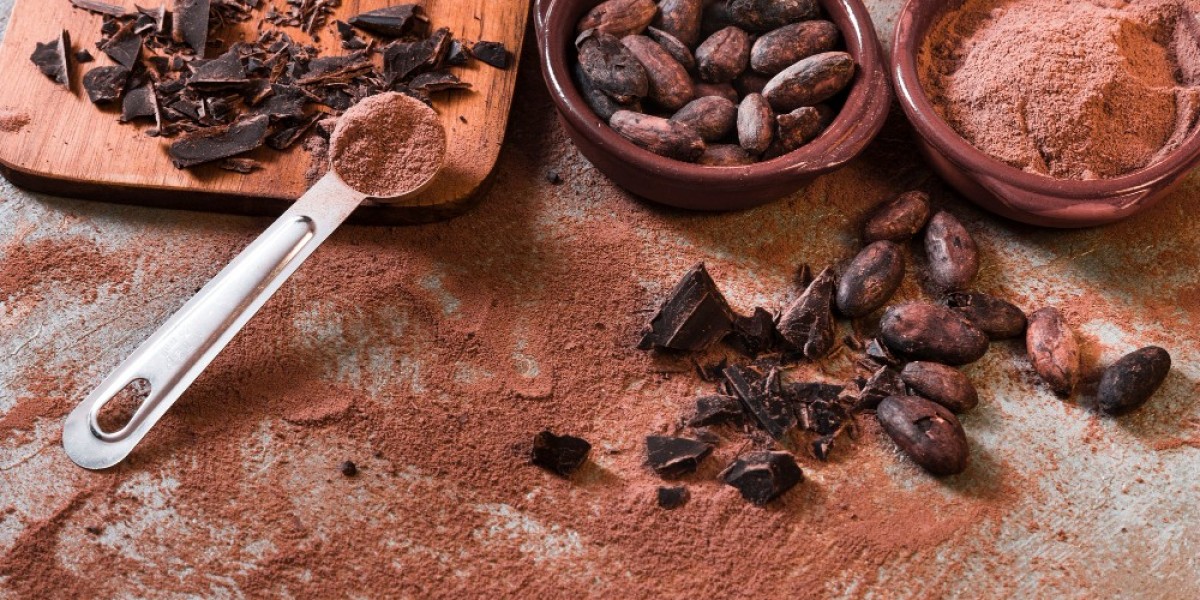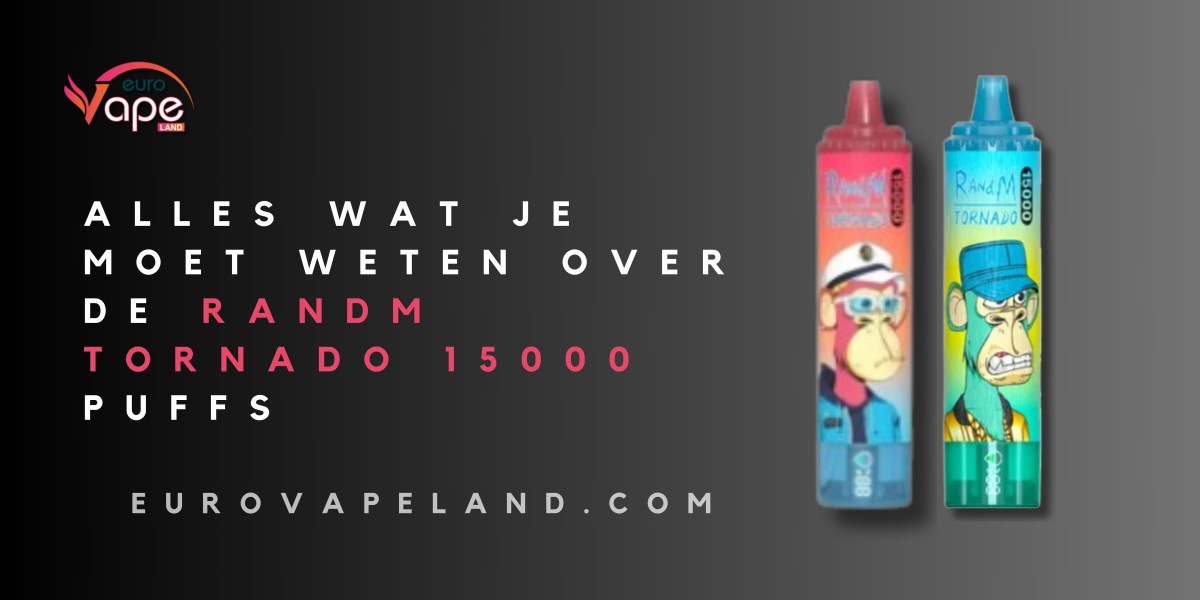The cocoa futures price is a key indicator for traders, manufacturers, and chocolate lovers worldwide. Whether you're an investor monitoring market trends or a business reliant on cocoa, understanding the factors influencing price volatility is essential. Over the years, fluctuations in supply chains, weather conditions, speculative trading, and global economic changes have made cocoa one of the most unpredictable commodities. Prices can spike due to political instability in West Africa, drop with bumper harvests, or swing wildly due to shifting consumer demand. This article dives into the key drivers behind the cocoa futures price, exploring the forces that keep this market on edge.
Understanding Cocoa Futures Price Fluctuations
Cocoa is a vital commodity in the global market, serving as the backbone of the chocolate industry. Investors, traders, and manufacturers closely monitor cocoa futures price trends as they dictate costs and profit margins for producers and retailers alike. However, market volatility has been a persistent challenge, making it crucial to understand the factors that drive these fluctuations.
1. Supply Chain Disruptions and Weather Conditions
The Role of West Africa in Cocoa Production
West Africa dominates global cocoa production, with countries like Ivory Coast and Ghana supplying over 60% of the world's cocoa beans. Any disruption in these regions, whether due to political instability, strikes, or poor infrastructure, directly affects the cocoa futures price.
Impact of Climate Change on Yield
Cocoa trees require specific climate conditions to thrive. Changes in temperature, irregular rainfall patterns, and prolonged droughts reduce yield, tightening supply and pushing prices higher. On the other hand, favorable weather conditions can lead to an oversupply, driving prices down. Recent concerns over rising temperatures and deforestation have increased uncertainty in future cocoa production.
2. Market Speculation and Investor Behavior
The Influence of Hedge Funds and Speculators
Cocoa futures are actively traded on commodity exchanges like ICE Futures U.S. and the London International Financial Futures and Options Exchange (LIFFE). Large institutional investors, including hedge funds, play a significant role in determining price movements. Speculative trading often amplifies price volatility as traders react to short-term market indicators, even when fundamental supply and demand factors remain unchanged.
The Role of Currency Fluctuations
Since cocoa is primarily traded in U.S. dollars, fluctuations in currency values also impact its futures price. A stronger dollar makes cocoa more expensive for buyers using other currencies, reducing demand and lowering prices. Conversely, a weaker dollar boosts purchasing power and can drive prices upward.
3. Government Policies and Trade Regulations
Export Restrictions and Tariffs
Several cocoa-producing countries implement export controls to stabilize local prices and protect farmers. For example, Ghana and Ivory Coast have, at times, imposed minimum pricing structures to ensure farmers receive fair compensation. While these measures protect domestic growers, they can create price volatility in global markets.
Sustainable Sourcing and Regulatory Changes
Growing emphasis on ethical cocoa sourcing has led to new regulatory requirements for major chocolate manufacturers. Governments and organizations are pushing for stricter environmental and labor laws, requiring certification for sustainable cocoa production. These regulations can lead to costlier production processes, influencing the cocoa futures price.
4. Consumer Demand and Shifting Market Trends
Rising Demand for Premium and Dark Chocolate
Consumer preferences are evolving, with increased interest in high-quality, premium chocolate products. The demand for dark chocolate, which requires a higher cocoa content, has risen in recent years. As a result, the cocoa futures price often reflects these shifting consumption patterns, with higher demand contributing to price increases.
Alternative Ingredients and Substitutes
Manufacturers are constantly exploring alternative ingredients to reduce dependency on cocoa. Some companies experiment with cocoa butter substitutes or synthetic flavors to mitigate cost fluctuations. While these alternatives may slightly impact demand, they have yet to replace the unique taste and texture of real cocoa in premium products.
5. The Role of Geopolitical Events and Global Trade
Impact of International Sanctions and Conflicts
Geopolitical instability can disrupt the flow of commodities, including cocoa. Trade restrictions, sanctions, or conflicts in key producing or consuming nations create uncertainty in supply chains, affecting futures prices. The ongoing geopolitical landscape continues to be a source of volatility in commodity markets.
Shipping and Transportation Costs
Logistical challenges such as rising fuel prices, port congestion, and shipping delays also contribute to price movements. Higher transportation costs increase overall production expenses, which can reflect in the cocoa futures price. Any disruptions in global shipping routes further exacerbate supply concerns.
Conclusion
The cocoa futures price remains highly volatile due to a complex interplay of supply chain dynamics, market speculation, currency fluctuations, regulatory changes, and evolving consumer preferences. Understanding these factors helps traders, investors, and industry players navigate the unpredictable nature of the cocoa market. As global demand for cocoa continues to grow, closely monitoring these influencing elements will be essential in anticipating future price movements.
FAQs
1. Why is the cocoa futures price so volatile?
Cocoa futures prices are volatile due to unpredictable factors such as supply chain disruptions, climate change, investor speculation, and geopolitical instability. Any changes in these areas can lead to sudden price swings.
2. How does climate change affect cocoa futures prices?
Extreme weather events, such as droughts and heavy rains, can reduce cocoa yields, leading to supply shortages and higher prices. Conversely, ideal growing conditions can result in surplus production, pushing prices lower.
3. What role do hedge funds play in cocoa futures prices?
Hedge funds and other large institutional investors engage in speculative trading, which can cause short-term price fluctuations in cocoa futures. Their trading activities often amplify market volatility.
4. How do currency exchange rates impact cocoa futures prices?
Since cocoa is traded in U.S. dollars, a stronger dollar makes cocoa more expensive for buyers using other currencies, reducing demand and driving prices down. A weaker dollar has the opposite effect, increasing demand and raising prices.
5. How does consumer demand for chocolate affect cocoa futures prices?
A rise in demand for chocolate, particularly premium and dark chocolate, increases the need for cocoa, pushing prices up. Conversely, shifts toward alternative ingredients or substitutes may lower demand and impact prices accordingly.
To Get Real-Time Price of Cocoa Visit: https://pricevision.ai/
Source: https://www.find-topdeals.com/blogs/225568/Cocoa-Futures-Price-What-s-Driving-Market-Volatility



